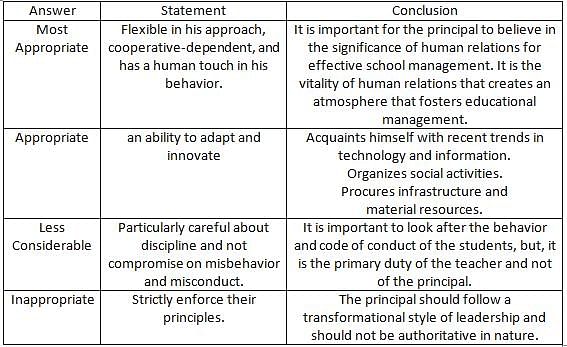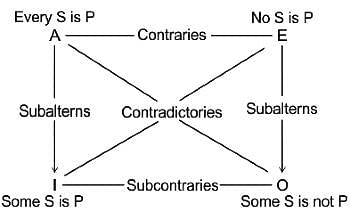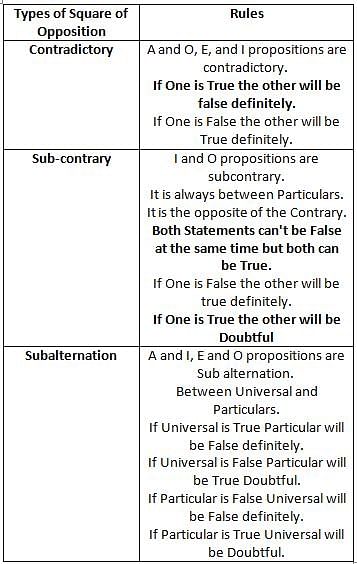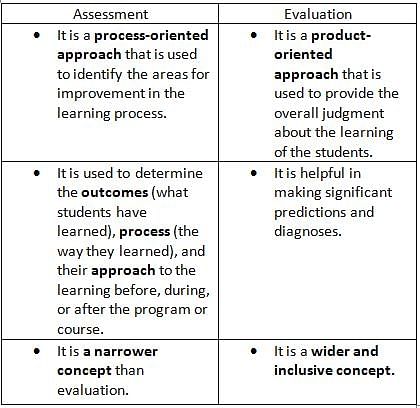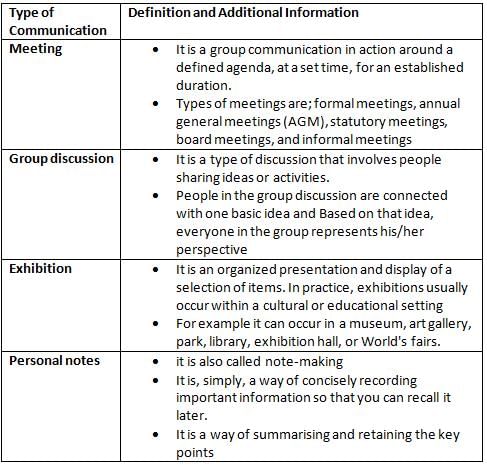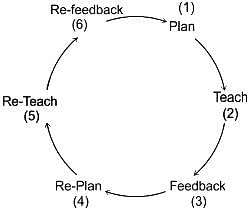UGC NET Paper 1 Mock Test - 4 - UGC NET MCQ
30 Questions MCQ Test - UGC NET Paper 1 Mock Test - 4
A teacher in a diverse classroom wants to ensure all students engage actively in a lesson about fractions. Which teaching method would be most effective in achieving this goal?
Given below are two statements:
Statement I: Nyaya school of Indian philosophy is one of the six orthodox Darsanas.
Statement II: Nyaya school denies the existence of Isvara (God) as the efficient cause of the universe.
In light of the above statements, choose the correct answer from the options given below:
| 1 Crore+ students have signed up on EduRev. Have you? Download the App |
A key objective of the Paris Agreement under the United Nations Framework Convention on Climate Change (UNFCCC) is to:
A good principal/teacher in educational institutions is one who
Which of the following statements is true regarding two contrary propositions?
Find the ratio of the total number of girls who like both ice creams in school A and boys who like both ice creams in school E.
The total number of boys who like vanilla ice cream from schools B & D together is what per cent of the total number of girls who like chocolate ice cream from schools C & D together.
If 25% of boys & 20% of girls who like vanilla ice cream from school D caught a fever and 40% of total students who like chocolate ice cream from the same school caught the fever. The total number of ill students who like vanilla ice cream is what per cent more than the total number of ill students who like chocolate ice cream
The number of boys in school B who like vanilla is what percentage of girls in school A who likes chocolate.
What does the phrase "from each according to his ability, to each according to his need" aim to encapsulate within the context of communism?
What are the reasons, according to the passage, that communist implementation can deviate from its theoretical ideals?
Based on the information in the passage, which of the following statement is correct?
What is the best way to motivate adolescent learner?
In the context of Indian Logic, the Absence of Middle Term (Hetu) can result in which of the following:
The connotational aspect of a message in communication is:
Consider the following statements about the ancient Indian philosophy of Nyaya :
1. It is supposed to be founded by Gautama.
2. It is based on the concept of atomic theory.
Which of the statements given above is/are correct?
Match List I with List II :
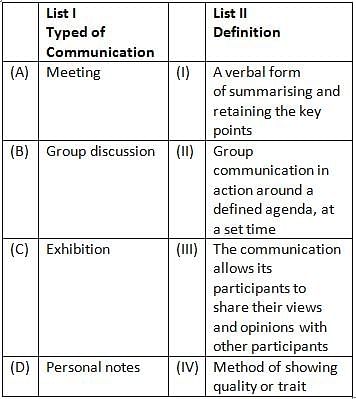
Choose the correct answer from the options given below :
Arrange the cycle of microteaching in the correct order:
A. Plan
B. Reteach
C. Feedback
D. Teach
E. Replan
Select the correct option.


